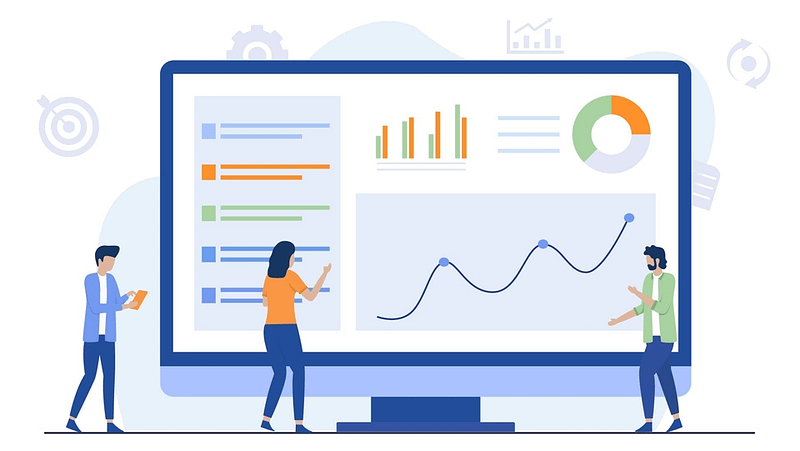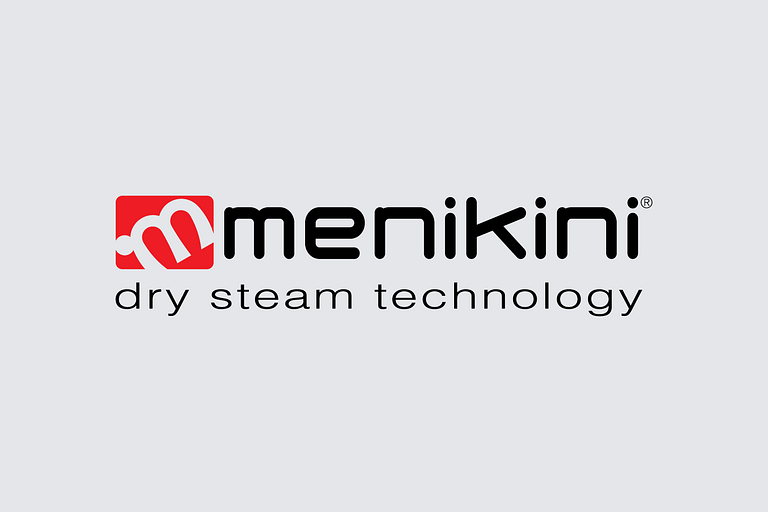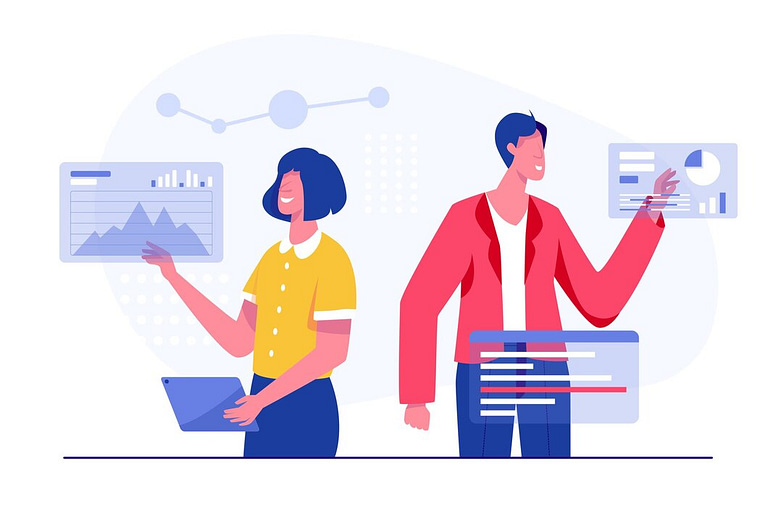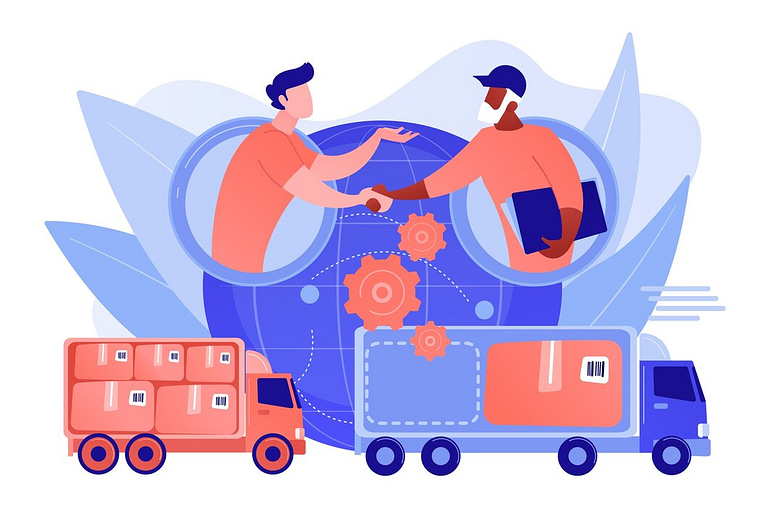Choosing a business management system (ERP) suitable for the fashion industry can make the difference between an efficient, well-organized company and one that struggles with production, inventory, and scheduling problems.
With so many options available on the market, it is critical to consider a few key aspects to make sure you make the right choice for your business needs. Here are some points to consider when selecting an ERP for the apparel industry.
1. Vertical ERP
Apparel is a unique industry with specific processes and operational requirements. While choosing a generic ERP would require an additional investment in customization consulting, a vertical ERP is specifically developed to meet these specific needs. It offers advanced functionality to manage inventory, product life cycle, size and color tracking, selling seasons, and more. With a vertical ERP, apparel companies can efficiently manage the complex activities of designing, manufacturing, distributing, and selling their products.
2. Integration of all necessary functionality
An ERP system allows you to plan and control your business efficiently and effectively, giving you a 360-degree view of your business. A vertical ERP solution for the fashion and apparel industry offers specific features that will help you compete in your industry. Here are the must-have features to look for:
- Warehouse and inventory management. The apparel industry differs from other manufacturing industries because each item produced comes in different styles, colors, sizes, sizes, and perhaps even packages. Because all these items must be organized and tracked, the ERP system must have a module that manages all these aspects and individual batches accurately and in detail, integrating with barcode and RFID systems to simplify inventory tracking.
- MRP - Material Requirements Planning.. With MRP, you can better control material purchases and inventories by accurately estimating the quantities of raw materials needed. A production plan for finished goods can be developed by defining inventory requirements for components and raw materials from the outset, ensuring their availability when needed. When the MRP is integrated into the ERP, you get the detailed data needed for each job and for the entire production process.
- Electronic data interchange services (EDI). EDI services are not just a "nice thing to have" for the fashion industry. Almost all large retailers require their suppliers to operate via EDI. EDI saves companies time and money because it eliminates manual data entry-it retrieves, processes, and sends documents and information instantly, while facilitating compliance with delivery and customer service requirements. In the apparel industry, EDI is the standard means of sharing data among trading partners.
3. Provider experience and availability
It is critical to choose a vendor who is a partner, not just a reseller. As you go through the process of selecting a vendor for your apparel ERP system, keep in mind that you are looking for more than a vendor: they must be your partner for as long as you use that software. Therefore, it is very important that the vendor knows your industry inside out. Talk to your vendors. Ask them how many years of experience their team has in the industry.
The vendor must not only know the software, but also how the software will work for you and for your company's unique needs. He or she will need to be able to explain how each feature will improve the processes you already have in place, helping you automate and streamline inefficient and redundant processes.
In addition, once the ERP is implemented and running, you will need a vendor to provide first-rate support throughout the life of the software.
4. Complete Scalability
A constant in the fashion and apparel industry is that consumer tastes are fickle. Trends come and go, so your company must be prepared for any changes. You need a system that will grow with you as your needs change to meet new customer demands.
Therefore, you need to choose an ERP system for apparel that provides you with information about the need to change production based on new demand. In addition, as your company grows, you need a solution that facilitates the introduction of new production lines or even the opening of a new factory. You need software that provides maximum transparency along the supply chain and simplifies production tracking.
5. Cloud solution
The future of ERP systems for apparel is in the cloud. The adoption of an enterprise management system (ERP) based on the cloud in fact offers numerous advantages for companies:
- Accessibility: With a cloud-based ERP, the data and functionality of the system can be accessed from any location and device connected to the Internet. This allows employees to access the system remotely, facilitating flexible working and improving business productivity.
- Automatic Updates: Cloud ERPs offer automatic software updates, ensuring that the company is always using the latest version of the system. This eliminates the need to manually install updates and ensures that the ERP is constantly aligned with best practices and new features.
- Cost Reduction: Using a cloud-based ERP can reduce implementation and maintenance costs compared to a system in-house. There is no need to invest in expensive hardware servers or dedicated staff to manage the system because everything is managed by the cloud service provider.
- Scalability: A cloud ERP offers the flexibility to increase or decrease system resources according to business needs. Users can be added or removed, data storage space can be increased, or system functionality can be expanded quickly and easily.
- Data Security.: Cloud service providers are committed to ensuring the security of their customers' data. Usually, they offer advanced security measures such as data encryption, role-based access, regular data backup and protection against cyber threats.
- Simplified Integration: Cloud ERPs are designed to easily integrate with other business systems, such as accounting software, sales management, e-commerce and others. This enables efficient data exchange between systems and promotes collaboration and automation of business processes.
Fluent Fashion: the ERP solution for apparel from DueEsseTi
Our team of industry experts has 20 years of experience in providing ERP solutions for the fashion and apparel industry. We have worked closely with apparel and textile manufacturing companies to fully understand their needs and provide customized solutions. Our Fluent Fashion vertical ERP system for apparel, based on the Odoo cloud platform, supports processes specific to the fashion industry, helping companies improve operational efficiency, reduce waste, and optimize production planning.
If you switch to a fashion-specific, cloud-based ERP system, you will gain the agility and efficiency you need to transform your business. The fashion industry moves fast, and you need to move even faster. But you also need to choose the right ERP for your industry's needs.
If you would like to see how an ERP specifically for the apparel industry offers your company everything you need to streamline business processes, improve profitability and manage growth, contact us today.
Request a free demo of Fluent Fashion.



